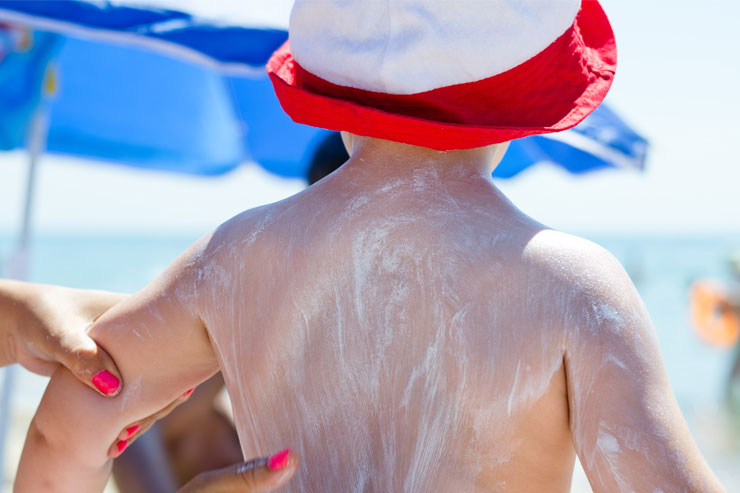Awareness and Prevention

Global skin cancer rates have never slowed down. Each year more and more people are being diagnosed with skin cancer, and there is a high mortality rate both in Australia and throughout the world. In many places, skin cancer is the most commonly-diagnosed form of cancer, which is highly alarming. The main methods of preventing these skin cancers hasn't really changed much over the years, and can still be summarised effectively by the iconic instructions of 'slip, slop, slap'... slip on a shirt, slop on some sunscreen and slap on a hat.
The message is clear, however simplified: try and keep your body out of direct sunlight and protect it where you can with clothing (such as shirts and hats), sunscreen and shade. The hottest time of the day varies from place to place, altitude and time of year, but the hours of 10am-5pm are noted as being the most UV-rich period of the day. During this time, people are advised to seek shade from direct sunlight first and foremost, and protect their body wherever possible.
To this end, skin cancer is considered to be a largely preventable disease, though this does not explain the continuing rates of diagnosis and death around the world. Melanomas, the most threatening form of skin cancer, continue to be a major health concern, especially as instances continue to rise in spite of public awareness.
Shade
Skin cancer is directly linked to sunburn, so the single most effective form of prevention is to take shelter during the peak hours of sunlight. As they are invisible and don't create the feeling of heat on our bodies the way infra red light does, even on days where it is not sunny or it doesn't feel hot, cancer-causing UV rays are still present. When outdoors, nothing beats the shade of a tree, but an umbrella or parasol can be a great way to get some shade on the move.
Sunscreen
Sunscreen primarily absorbs (or in some cases reflects) UV rays. The SPF rating system is used to show the degree of protection the sunscreen offers, so in the case of SPF30 this means that 1/30th of the harmful radiation will reach the skin. This is an imperfect measure, so the advice is to always use the strongest possible sunscreen and reapply regularly. No sunscreen blocks out 100% of the cancer-causing radiation, so it is not to be used as the sole preventative measure.
